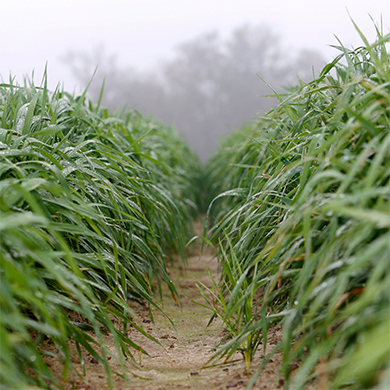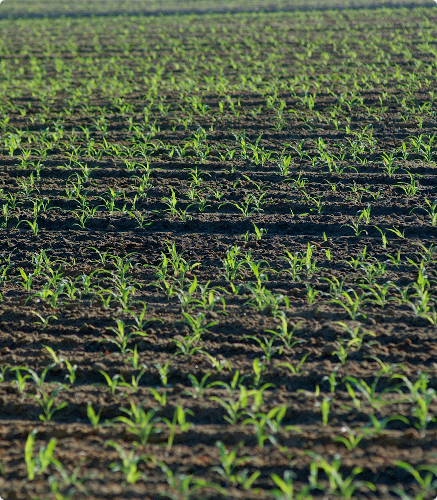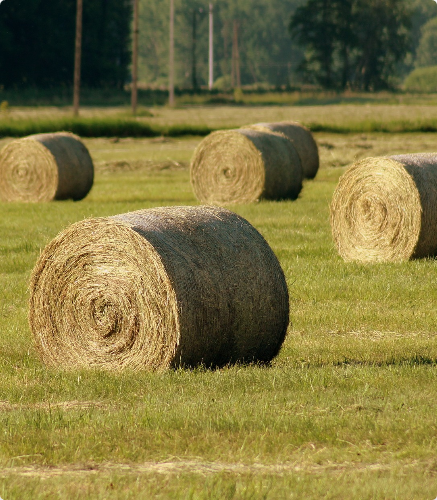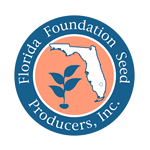UF/IFAS research in forages began in the earliest days of the Florida Agricultural Experiment Station (FAES). The station released its first forage grass variety in 1892 and first forage legume variety in 1896. By 1915, FAES had tested nearly 1,700 plants as potential new varieties. In the 1940s, ‘Pangola’ digitgrass, ‘Pensacola’ bahiagrass, and ‘Argentine’ bahiagrass were important early forage releases that helped build Florida’s beef-cattle industry. Currently, the dominant pasture grass used by the beef-cattle industry in Florida is ‘Pensacola’ bahiagrass, estimated to be produced on more than 70 percent of Florida pastures.
Throughout its history, the UF/IFAS forage breeding program has released many cool-season varieties, notably ‘Osceola’ white clover (1977), ‘Cherokee’ red clover (1990), ‘Southern Belle’ red clover (2002), and many commercially popular, annual ryegrass cultivars.
During the 1970s and '80s, a group of UF/IFAS scientists across the state developed a four-phase, coordinated scheme to breed, evaluate under clipping and grazing defoliation, and release new cultivars. They increased forage improvement research throughout the state by actively testing and breeding new plant introductions from around the world. Three grass cultivars from these efforts – ‘Florico’ stargrass, ‘Florona’ stargrass, and ‘Floralta’ limpograss – are estimated to be grown on more than 600,000 acres in Central and South Florida. These grasses have shortened (and sometimes eliminated) the winter forage gap for beef-cattle producers in these areas.
In 2002, UF/IFAS began a program that resulted in the release of ‘UF-Riata’ in 2007 - an improved bahiagrass cultivar with superior early-spring and late-fall productivity.






